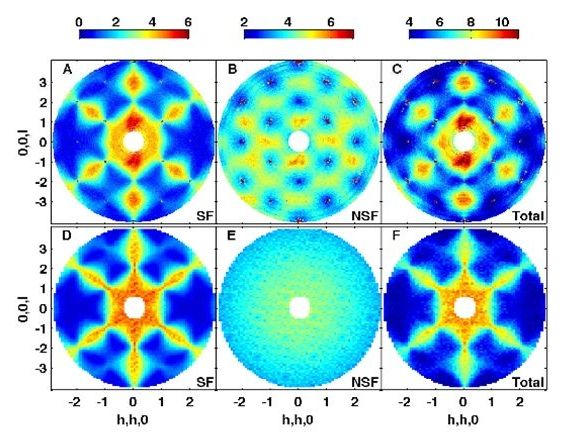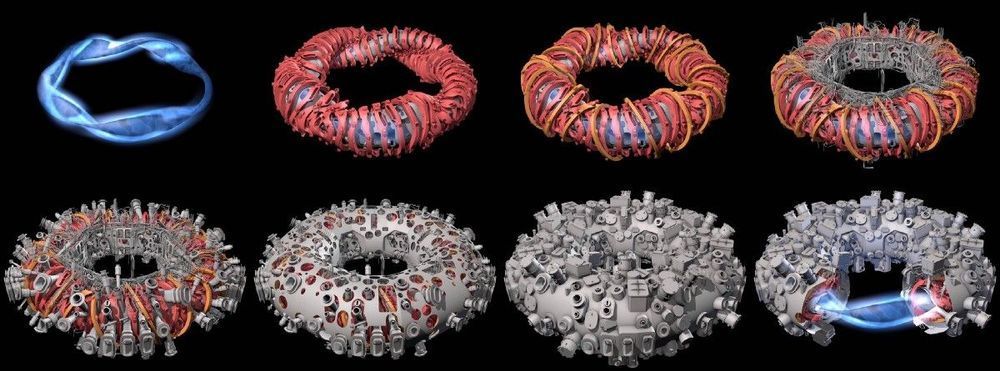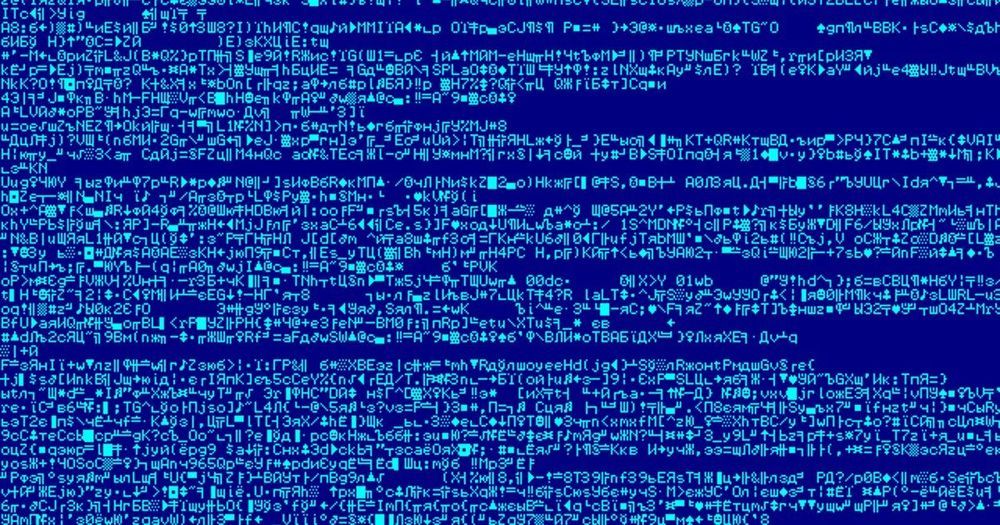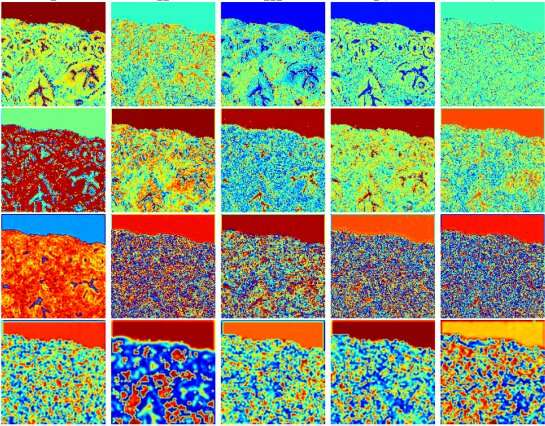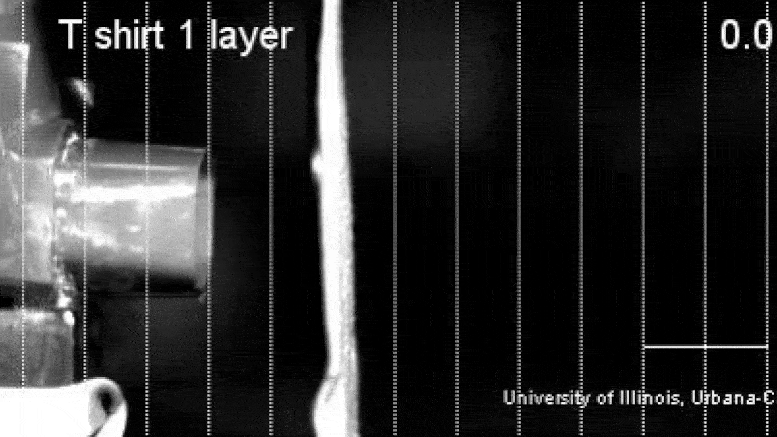Page 7483
May 26, 2020
The Future Of Fusion? Meet The Stellarator
Posted by Quinn Sena in categories: energy, futurism
Can be used for a force field: 3.
Power and energy are essential parts of our everyday life. Every time you turn on a light, you’re using power. If you’re reading this online, you’re using energy. If you’re watching a video — you guessed it — you need energy. So that means that with so many people needing power and energy, we’re brought into a world that’s demanding more and more power. What’s more, getting this power is the hard part.
May 26, 2020
Why the Future of Machine Learning Is a Master Algorithm
Posted by Quinn Sena in categories: information science, robotics/AI
Pedro Domingos has devoted his life to learning how computers learn. He says a breakthrough is coming.
May 26, 2020
‘I don’t smell!’ Meet the people who have stopped washing
Posted by Quinn Sena in category: futurism
A growing number of people are eschewing soap and trusting bacteria to do the job instead – and an entire industry has sprung up to accommodate them.
May 26, 2020
NASA and SpaceX are ready to launch on 27th May 2020
Posted by Alberto Lao in category: space travel
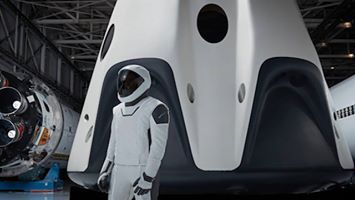
NASA and SpaceX are ready to launch on 27th May 2020 but how? What preparation have they done? What is Crew Dragon? How does it work? All of your questions are answered in this video.
May 26, 2020
Deep learning accurately stains digital biopsy slides
Posted by Genevieve Klien in categories: biotech/medical, information science, robotics/AI
Tissue biopsy slides stained using hematoxylin and eosin (H&E) dyes are a cornerstone of histopathology, especially for pathologists needing to diagnose and determine the stage of cancers. A research team led by MIT scientists at the Media Lab, in collaboration with clinicians at Stanford University School of Medicine and Harvard Medical School, now shows that digital scans of these biopsy slides can be stained computationally, using deep learning algorithms trained on data from physically dyed slides.
Pathologists who examined the computationally stained H&E slide images in a blind study could not tell them apart from traditionally stained slides while using them to accurately identify and grade prostate cancers. What’s more, the slides could also be computationally “de-stained” in a way that resets them to an original state for use in future studies, the researchers conclude in their May 20 study published in JAMA Network Open.
This process of computational digital staining and de-staining preserves small amounts of tissue biopsied from cancer patients and allows researchers and clinicians to analyze slides for multiple kinds of diagnostic and prognostic tests, without needing to extract additional tissue sections.
May 26, 2020
Trained French dogs successfully sniff out coronavirus
Posted by Genevieve Klien in category: biotech/medical
Tests conducted with trained German Shepherds at a veterinary school in Maisons-Alfort (Val-de-Marne) show a 95% success rate in sniffing out the coronavirus that causes Covid-19.
May 26, 2020
Exclusive: Machine Learning Company Insitro Raises $143 Million To Bridge Biology And AI
Posted by Genevieve Klien in categories: biological, robotics/AI
The company’s series B funding round was led by inventors at Andreessen Horowitz and includes new investor Casdin Capital.
May 26, 2020
Scientists Test Best Fabric Choices for Making a Homemade COVID Mask
Posted by Genevieve Klien in categories: biotech/medical, health
UIUC Editor’s note: Health authorities believe COVID-19 spreads by the transmission of respiratory droplets, and the Centers for Disease Control and Prevention recommends homemade cloth face coverings for use in public spaces. Starting today, Illinois joins many other states in requiring people to wear masks while out. However, initial uncertainty regarding the masks’ effectiveness in reducing exhaled droplets leaves some people unsure or skeptical of their usefulness during the current COVID-19 pandemic. Mechanical science and engineering professor Taher Saif spoke with News Bureau physical sciences editor Lois Yoksoulian about a study that he and his graduate students, Onur Aydin and Bashar Emon, performed on the effectiveness of common household fabrics for use in homemade masks.
Physically speaking, are the respiratory droplets produced by talking and breathing the same as those that come from a cough or a sneeze?
The droplets released during sneezing and coughing are larger than those released while speaking and breathing, and any of these droplets may carry many virus particles. The larger droplets tend to fall nearby due to gravity, but the smaller ones can go far, with the majority of them remaining within six feet of the infected individual. Unfortunately, because symptomatic, presymptomatic and asymptomatic carriers can shed the coronavirus, we cannot tell without testing which individuals are the sources of infection. Hence, a physical barrier, such as a mask, can prevent the spreading.
